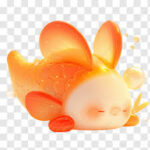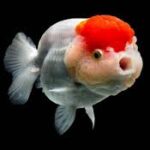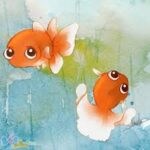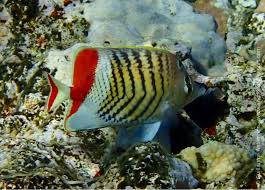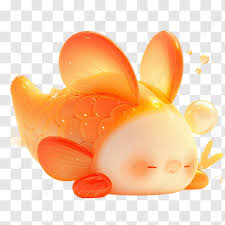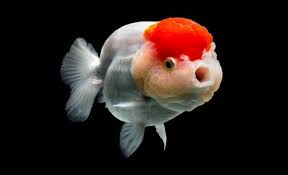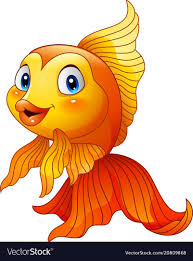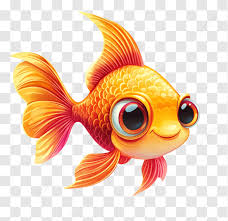The dragon (lóng, 龙) is one of the most iconic and revered symbols in Chinese mythology. Unlike the fire-breathing dragons of Western folklore, Chinese dragons are often depicted as benevolent, wise, and powerful beings. They are associated with celestial forces, emperors, prosperity, and protection. However, dragons are not the only significant mythological creatures in Chinese culture. Alongside them are various legendary beings such as the phoenix, qilin, and tortoise, each carrying deep symbolic meanings.
This article explores the role of dragons in Chinese mythology, their connection to other mythological symbols, and their influence on Chinese traditions and beliefs.
The Origin and Significance of Dragons in Chinese Mythology
Chinese dragons date back thousands of years, with early representations appearing in Neolithic jade carvings and Shang Dynasty (1600–1046 BCE) oracle bones. Unlike in Western mythology, where dragons are often seen as destructive, Chinese dragons are celestial beings linked to water, the sky, and cosmic balance.
According to legend, the first Chinese emperor, the Yellow Emperor (Huangdi, 黄帝), was said to have transformed into a dragon and ascended to the heavens. This story solidified the dragon as a symbol of imperial authority and divine connection.
Chinese dragons are typically depicted as serpentine creatures with long, winding bodies, whiskers, and antler-like horns. They do not have wings, yet they are believed to fly effortlessly through the clouds.
The Nine Classical Types of Chinese Dragons
Ancient texts describe multiple types of dragons, each serving a distinct purpose in mythology and folklore:
- Tianlong (天龙) – The Celestial Dragon
- Guardian of the heavens, protecting the celestial realm and divine beings.
- Often depicted in temple artwork.
- Shenlong (神龙) – The Spiritual Dragon
- A dragon that controls the weather, particularly rain and wind.
- Farmers worshipped Shenlong to ensure good harvests.
- Fucanglong (伏藏龙) – The Treasure Dragon
- Lives underground and guards hidden treasures, including gold, jewels, and magical relics.
- Believed to bring prosperity to those who are worthy.
- Dilong (地龙) – The Earth Dragon
- Associated with rivers and lakes, controlling the flow of water on Earth.
- Balances the harmony between land and water.
- Qinglong (青龙) – The Azure Dragon
- A powerful guardian representing the East and the season of spring.
- One of the Four Celestial Symbols in Chinese cosmology.
- Jiaolong (蛟龙) – The Flood Dragon
- A water dragon with a fearsome reputation, often linked to storms and floods.
- Depicted as a semi-divine serpent.
- Panlong (蟠龙) – The Coiled Dragon
- A dragon that remains dormant underground or in water.
- Awakens during times of great need or transformation.
- Huanglong (黄龙) – The Yellow Dragon
- A legendary dragon associated with knowledge and wisdom.
- Said to have appeared before Emperor Fu Xi, bringing civilization to China.
- Lóng Wáng (龙王) – The Dragon Kings
- Four powerful dragon deities governing the Four Seas of China.
- Worshipped by sailors and fishermen for protection.
Dragons and Other Mythological Symbols in Chinese Culture
While dragons are the most well-known mythical creatures in Chinese mythology, they are often linked with other legendary beings that represent balance, harmony, and cosmic order.
The Phoenix (Fènghuáng, 凤凰) – The Symbol of Rebirth
The phoenix, known as Fènghuáng, is a mythical bird associated with virtue, grace, and renewal. It is often paired with the dragon to symbolize yin and yang—the balance of feminine and masculine energies. While the dragon represents the emperor, the phoenix symbolizes the empress in traditional Chinese culture.
Legends say that the phoenix only appears during times of peace and prosperity. It is associated with fire and the sun, signifying transformation and rebirth. The dragon and phoenix together symbolize a perfect union, often seen in wedding decorations and imperial robes.
The Qilin (麒麟) – The Benevolent Protector
The qilin is a legendary creature resembling a deer with dragon-like features, covered in scales and sometimes surrounded by flames. It is known as a symbol of wisdom, prosperity, and serenity.
The appearance of a qilin is believed to signify the birth of a great leader or sage. According to legend, a qilin appeared before the birth of Confucius, signifying his future wisdom.
Unlike dragons, which embody power and dominance, qilins represent kindness and virtue. They are often depicted as peaceful creatures that avoid harming even a single blade of grass.
The Tortoise (Xuánwǔ, 玄武) – The Guardian of Longevity
In Chinese mythology, the tortoise is a sacred animal associated with longevity, endurance, and wisdom. It is one of the Four Celestial Symbols, representing the North and the winter season.
The tortoise is also connected to the Black Warrior (Xuánwǔ), a divine entity that embodies both the tortoise and the snake. This dual form represents resilience and transformation. In Chinese temples and traditional architecture, stone tortoises are often placed at entrances as symbols of protection and stability.
The White Tiger (Báihǔ, 白虎) – The Symbol of Strength
The White Tiger is another one of the Four Celestial Symbols, representing the West and autumn. It is associated with courage, war, and righteousness. Unlike dragons, which are seen as rulers, tigers are guardians and warriors, often protecting tombs and sacred sites.
The White Tiger is also connected to the Five Elements theory, where it represents the element of metal. It is believed to appear when a virtuous ruler governs the land, signifying peace and justice.
Dragons in Chinese Festivals and Traditions
The Dragon Dance
One of the most famous cultural expressions of the dragon is the Dragon Dance, performed during the Lunar New Year and other major festivals. The dance, which involves performers carrying a long, colorful dragon on poles, is meant to bring good luck and drive away evil spirits.
The Dragon Boat Festival
The Dragon Boat Festival, held annually on the 5th day of the 5th lunar month, commemorates the poet Qu Yuan. Teams row dragon-shaped boats in races that symbolize strength, teamwork, and honoring ancestors.
The Imperial Dragon
During China’s imperial era, only the emperor could use the dragon as a personal symbol. The imperial throne was called the “Dragon Throne,” and the emperor’s robes were embroidered with golden dragons to signify his divine right to rule.
Conclusion
Dragons are central figures in Chinese mythology, embodying power, wisdom, and celestial authority. However, they exist within a broader mythological framework that includes the phoenix, qilin, tortoise, and white tiger—each playing a role in maintaining cosmic harmony.
From ancient legends to modern festivals, dragons continue to inspire Chinese culture, serving as symbols of prosperity, strength, and protection. Their enduring presence in art, architecture, and traditions reflects the deep respect and admiration that the Chinese people hold for these legendary beings.
